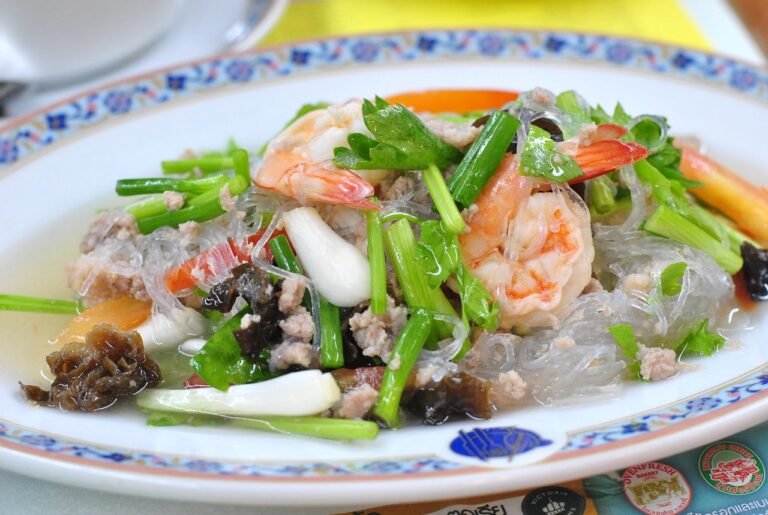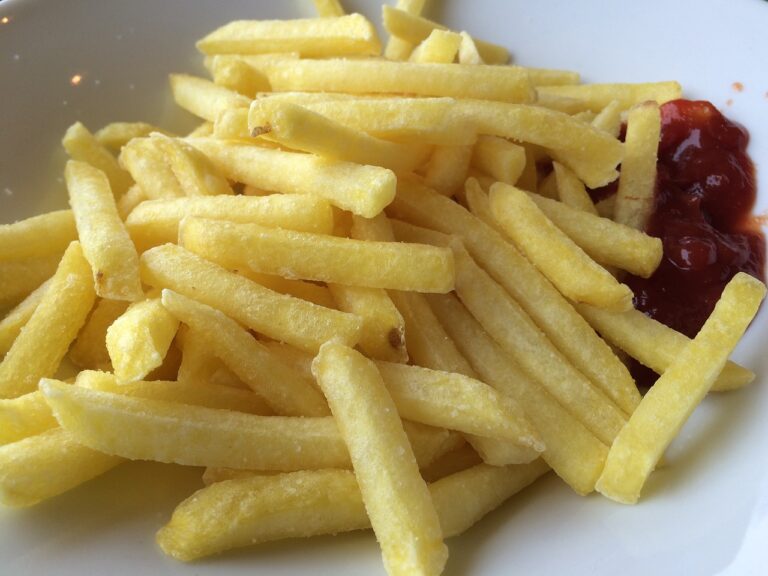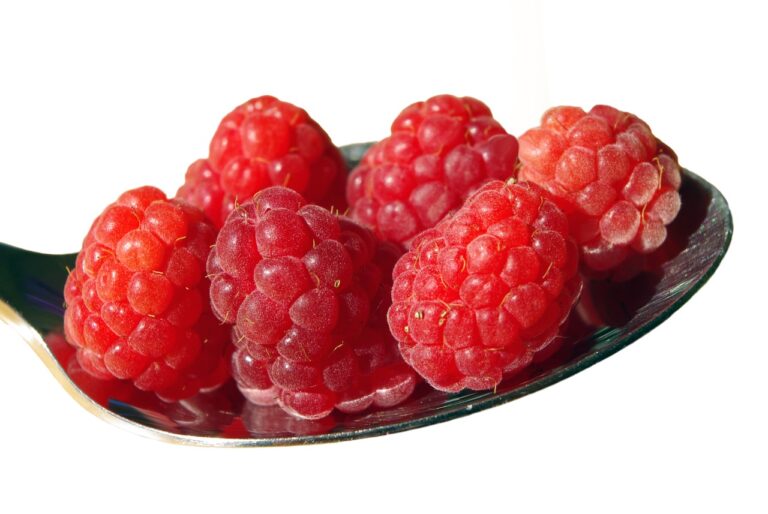Reviving Ancient Grains: Rediscovering Nutritional Powerhouses.
Ancient grains have been a staple in human diets for thousands of years, with evidence showing their cultivation dating back to ancient civilizations such as the Egyptians, Greeks, and Romans. These grains, including quinoa, amaranth, and spelt, were revered for their nutritional value and ability to sustain populations in times of scarcity.
The cultivation of ancient grains played a crucial role in the development of early agriculture, as they provided a reliable food source that could be stored for long periods. Ancient grains were well-adapted to various climates and soils, making them a resilient crop that could thrive in diverse environments. As societies advanced and trade routes expanded, the cultivation and consumption of these grains spread across continents, influencing the diets and culinary traditions of different cultures.
Benefits of Ancient Grains
Ancient grains have gained popularity in recent years due to their numerous health benefits. These grains, such as quinoa, amaranth, and teff, are packed with essential nutrients like fiber, protein, and antioxidants. Incorporating ancient grains into your diet can support digestive health, aid in weight management, and reduce the risk of chronic diseases like heart disease and diabetes.
Moreover, ancient grains are often less processed than modern wheat and corn, making them a more nutritious choice. They are also rich in vitamins and minerals like iron, magnesium, and zinc, which are crucial for overall health and well-being. By including a variety of ancient grains in your meals, you can diversify your nutrient intake and enjoy delicious, wholesome foods that support a healthy lifestyle.
Nutritional Value of Ancient Grains
Ancient grains are revered not only for their historical significance but also for their impressive nutritional profile. These grains, such as quinoa, amaranth, and teff, are rich in essential nutrients like fiber, protein, vitamins, and minerals. Their diverse nutrient content makes them a valuable addition to a well-rounded diet, providing a range of health benefits.
In addition to being nutrient-dense, ancient grains are also naturally gluten-free, making them a suitable option for individuals with gluten sensitivities or celiac disease. The unique combination of nutrients found in ancient grains can contribute to improved digestion, increased satiety, and enhanced energy levels. Including these grains in your diet can help support overall health and well-being.
• Ancient grains such as quinoa, amaranth, and teff are rich in essential nutrients like fiber, protein, vitamins, and minerals.
• The diverse nutrient content of ancient grains makes them a valuable addition to a well-rounded diet.
• Ancient grains are naturally gluten-free, making them suitable for individuals with gluten sensitivities or celiac disease.
• Including ancient grains in your diet can contribute to improved digestion, increased satiety, and enhanced energy levels.
What makes ancient grains different from modern grains?
Ancient grains are grains that have remained largely unchanged over centuries, whereas modern grains have been bred for specific traits such as higher yield or disease resistance.
Are ancient grains more nutritious than modern grains?
Ancient grains are often touted for their higher nutritional value compared to modern grains, as they are typically packed with vitamins, minerals, and antioxidants.
What are some examples of ancient grains?
Some examples of ancient grains include quinoa, amaranth, spelt, teff, and farro.
Can ancient grains be beneficial for those with gluten sensitivities?
Yes, ancient grains like quinoa, amaranth, and teff are naturally gluten-free and can be a great alternative for those with gluten sensitivities.
How can I incorporate ancient grains into my diet?
Ancient grains can be used in a variety of dishes such as salads, soups, stir-fries, and baked goods. Try swapping out traditional grains like rice or wheat with ancient grains for a nutritious boost.







